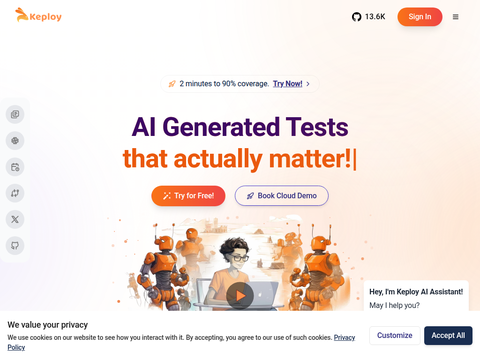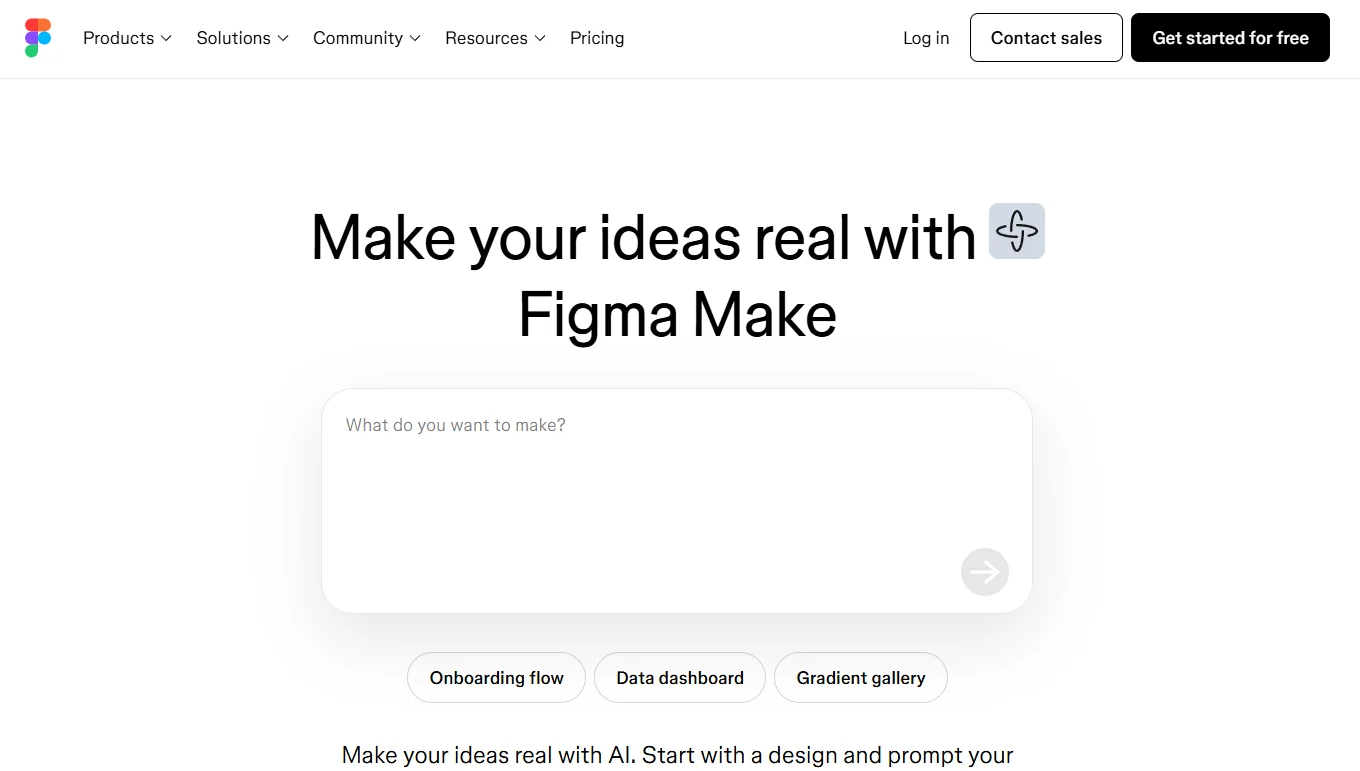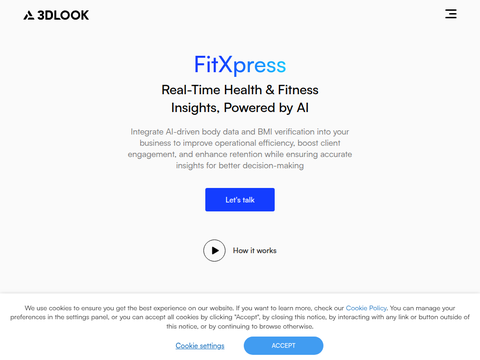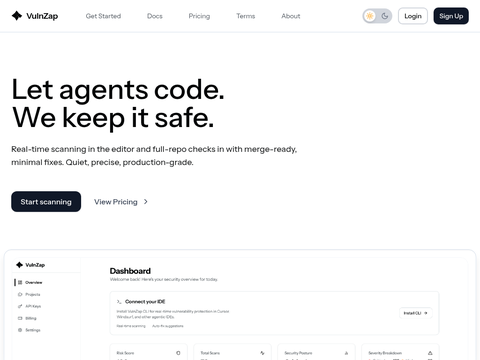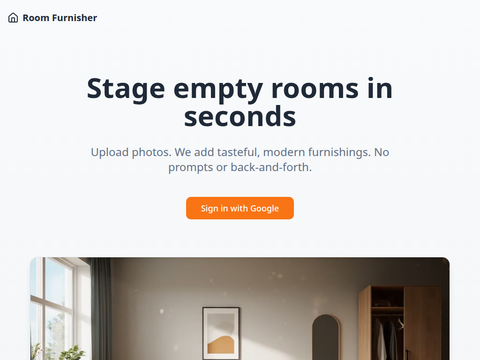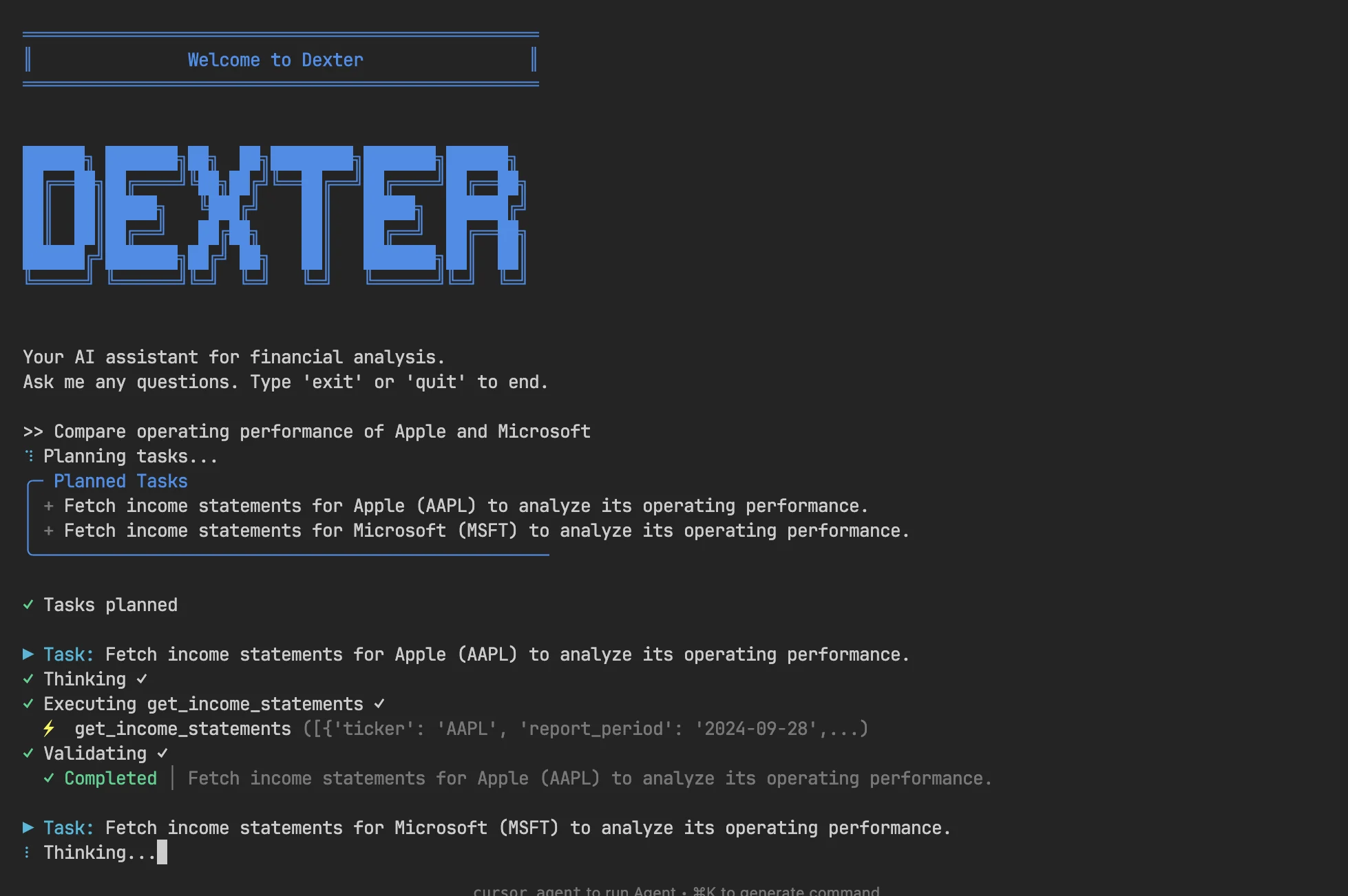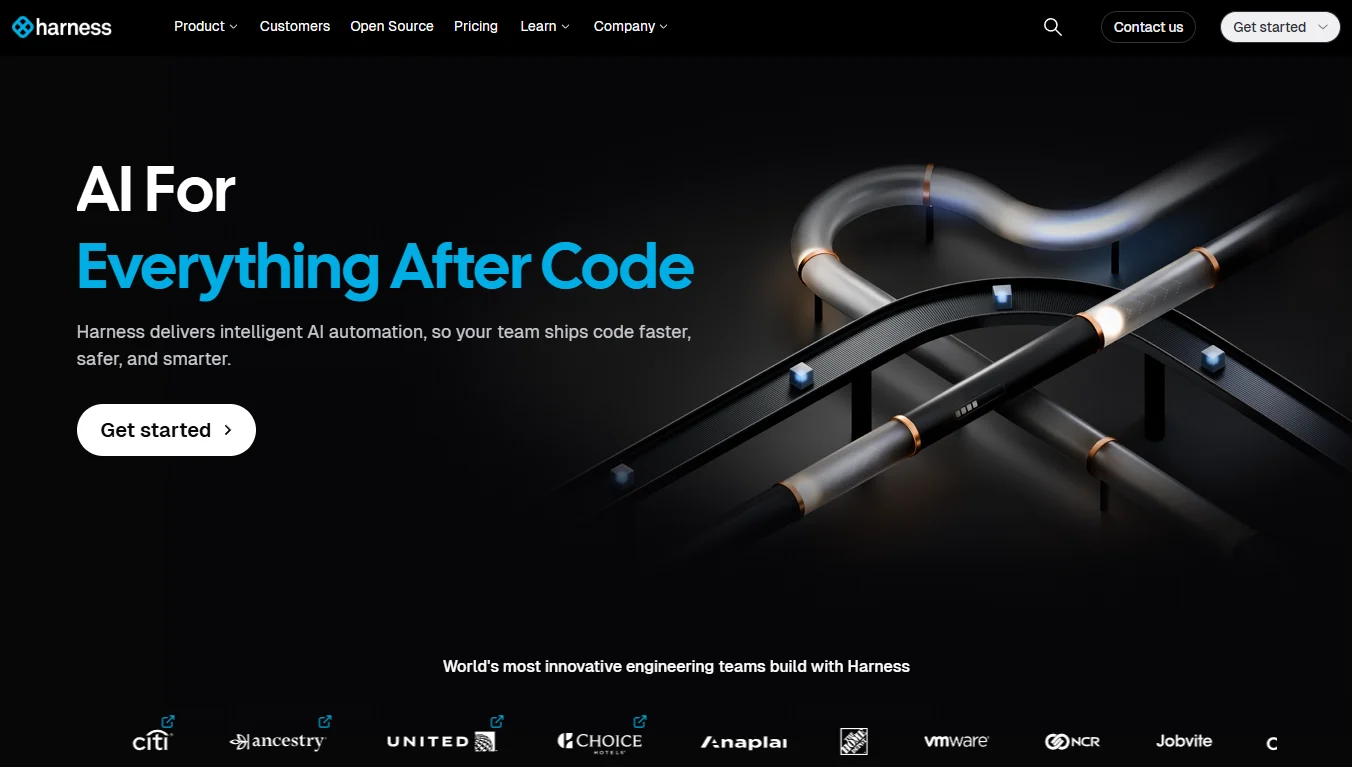Generative AI startup Hedra Inc. has announced the successful raising of $32 million to develop an AI platform that enables creators to produce highly realistic character-driven videos using text, audio, and image inputs.
This Series A funding round was led by Andreessen Horowitz's infrastructure fund, with contributions from previous investors including a16z speedrun, Abstract, and Index Ventures. This brings the total funds raised by the company since its last financing announcement in 2024 to $44 million.
Hedra, established in 2024, focuses on building high-speed, controllable foundational video models centered entirely around character-driven storytelling. At the time, generating lifelike characters, complete with voices and the ability to apply movements and expressions, was a complex process.
Since then, Hedra has introduced its first foundational model, Character-1, and has now launched Character-3, which it claims is a full-modality foundational model for creating hyper-realistic AI-powered character videos.
"We are developing next-generation storytelling technology to empower content creators and corporate marketers to tell stories at scale on their own platforms," said Michael Lingelbach, founder and CEO. "Achieving convincingly lifelike representations in video remains one of the most challenging frontiers, and with our Character-3 foundational model, we are committed to overcoming this hurdle."
Since its inception, Hedra’s technology has been applied to intriguing use cases, such as viral AI-generated talking baby podcasts.
According to Hedra, its platform has attracted over 3 million users and supported more than 10 million videos. The company offers a web-based service called Hedra Studio, a content creation platform built on the Character-3 foundational model. This tool allows users to input multimodal data—text, audio, and images—and generate narrative-driven videos featuring realistic characters.
Users can start by inputting scripts or uploading audio clips. Alternatively, they can clone voices through Hedra’s integrated voice synthesis partner, ElevenLabs Inc., to create custom voices with specific accents, languages, or emotional tones. Characters can be generated using Hedra’s built-in image generator or uploaded directly.
Character-3 then generates full-body or upper-body animations complete with lip-syncing, subtle facial expressions, and body language. Users also have control over scene elements like settings, backgrounds, camera angles, and movement via the web interface.
According to the company, Hedra Studio provides a comprehensive drag-and-drop command center interface for managing character animations, voiceovers, and environmental controls. "This level of creative flexibility is no longer just a nice-to-have feature—it's essential for capturing attention in an increasingly crowded digital environment," Lingelbach stated.
The company plans to heavily invest in AI model research to enhance the quality and controllability of character-driven videos. Hedra’s team has grown to 20 employees, with plans to triple its workforce by the end of the year.

